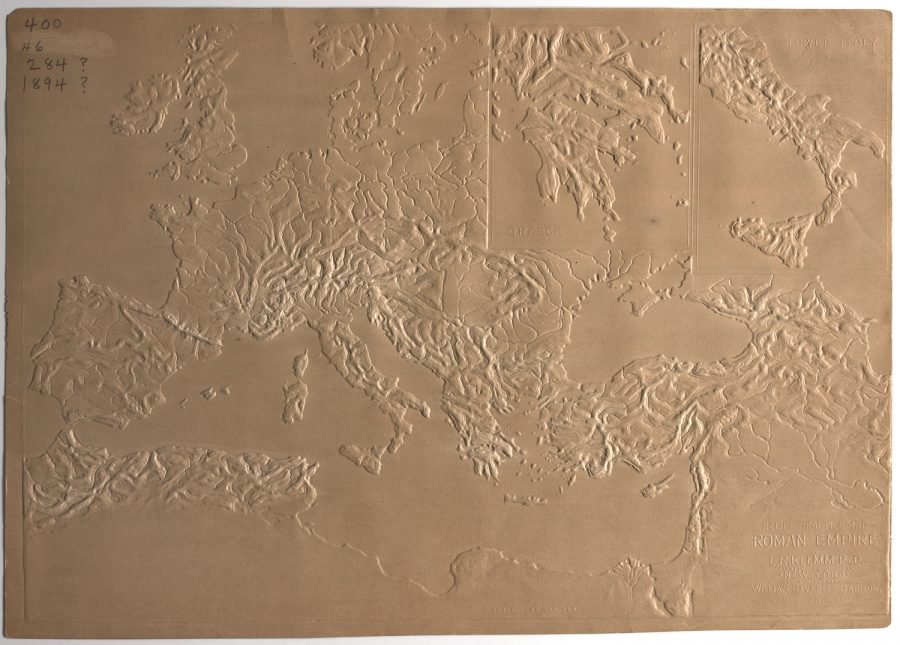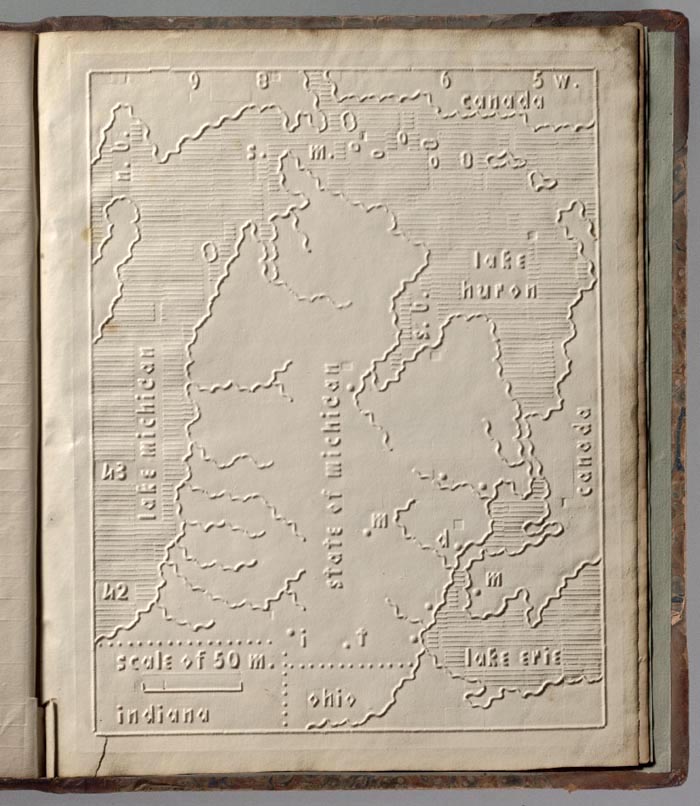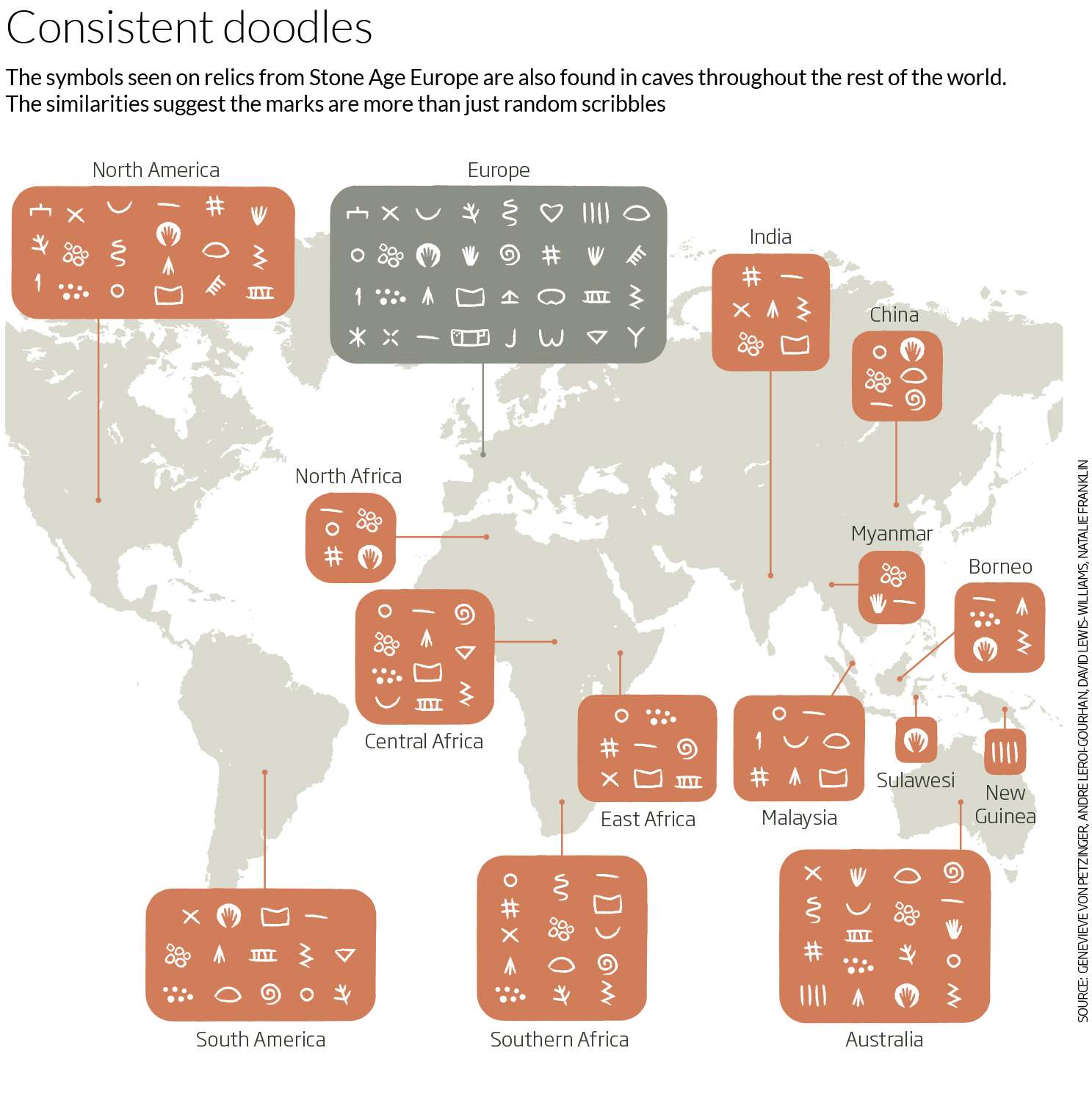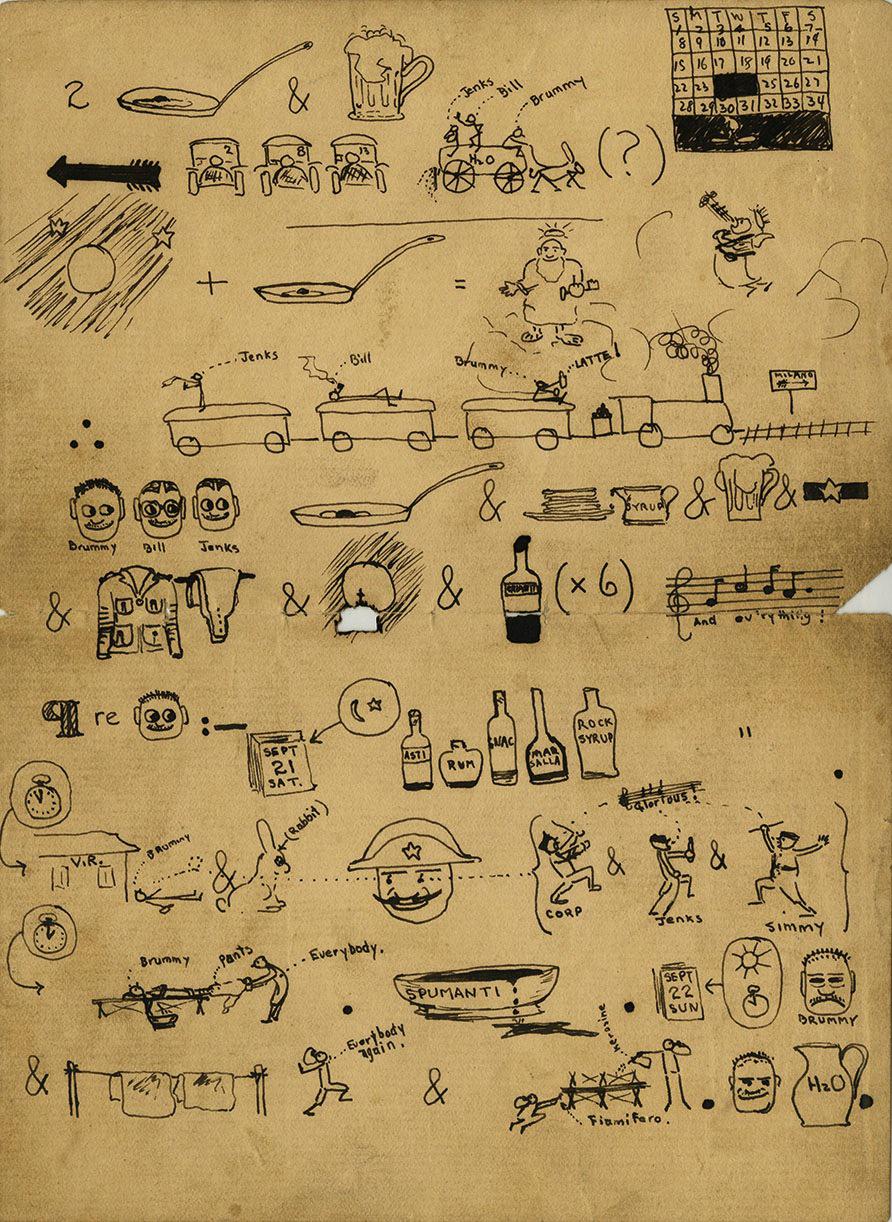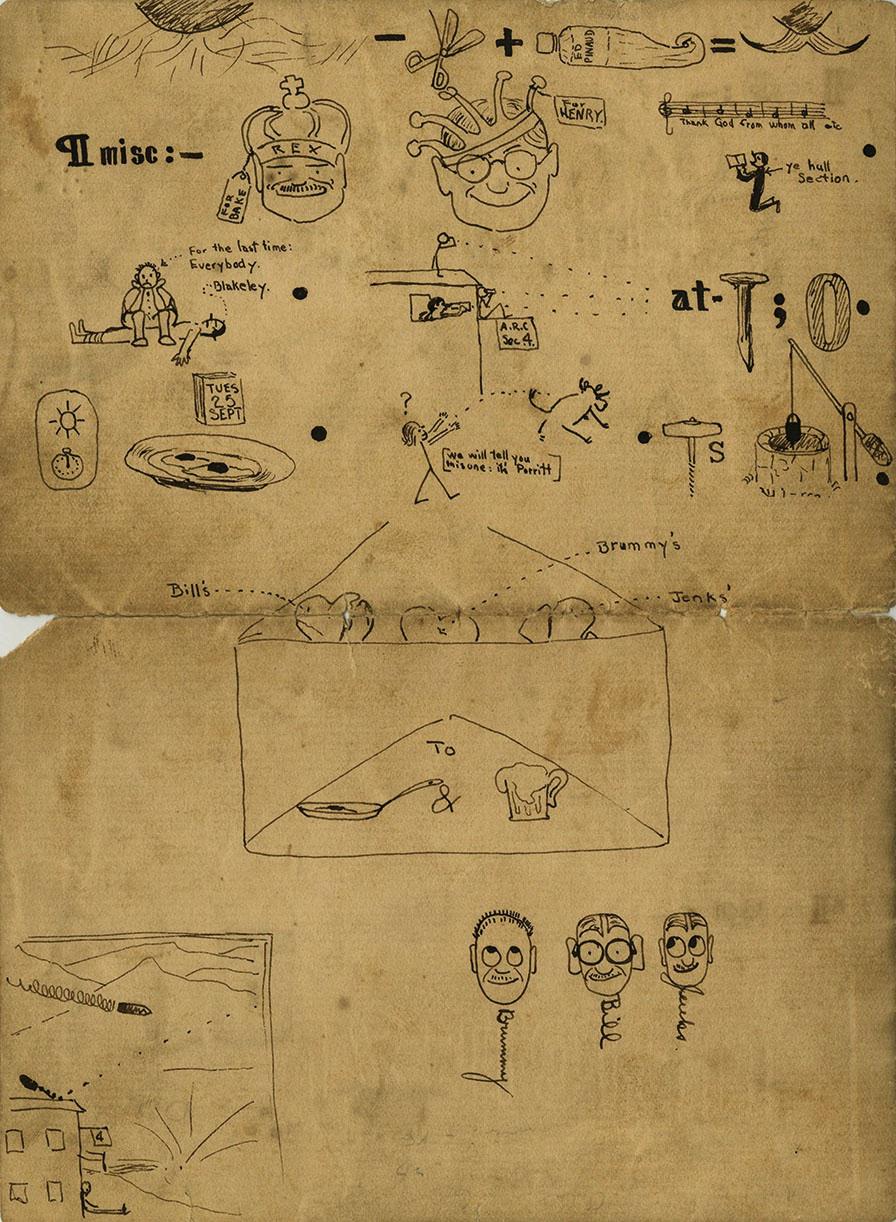March is Women’s History Month, and every month is a good one for watching movies. Well aware of both those facts, the people behind free-to-user online streaming service Kanopy have made a range of 60 woman-centric and mostly woman-made films available this month. Some of the women involved include Nouvelle Vague auteur Agnès Varda, director of Cléo from 5 to 7 and The Beaches of Agnès; Susan Sontag, the prolific writer and subject of Regarding Susan Sontag; and Greta Gerwig, who went from respected indie-cinema actress to even more respected indie-cinema director with 2017’s Lady Bird.
If the trailers for these films in this post intrigue you, you can, of course, go right to Kanopy to watch them in full. First, though, you’ll want to pull out your local library card. “We stream thoughtful entertainment to your preferred device with no fees and no commercials by partnering with public libraries and universities,” says Kanopy’s about page, explaining that you need only “log in with your library membership and enjoy our diverse catalog with new titles added every month.”
To check and see whether your library (or university) is among Kanopy’s partners, just type it into the search window on this page.
After logging in you can explore the full breadth of Kanopy’s list of Women’s History Month selections, which also includes documentaries like Wonder Women: The Untold Story of American Superheroines, The Girls in the Band: Female Jazz Musicians, Who Does She Think She Is?: A Portrait of Female Artists, and Women of ’69: Unboxed: Women from the Sixties Share their Stories, as well as other examinations of women in politics, women in gaming, women in STEM, and women in prison. Once you’ve seen them all, you might consider exploring Kanopy’s other cinematic offerings, from a variety of other documentaries to drama, comedy, and even horror and thriller as well as science fiction and fantasy.
That last section, one can’t help but notice, comes headed by Mark Sawers’ No Men Beyond This Point, which takes as its setting a world that hasn’t been able to produce male babies for the past 60 years. Its main character is the last man alive. Kanopy describes it as “a wry mockumentary that asks the question, what would the world be like if women were in charge?” However positive or negative an answer to that question just popped into your head, all these films will surely give it a bit more nuance, and at no charge at that.
Kanopy’s own list of five Women’s History Month films recommended from each of their major collection runs as follows:
Films Directed by Women
- Lady Bird — Directed by Greta Gerwig and nominated for five Oscars, this warm, affecting comedy follows a high schooler who must navigate a loving, but turbulent relationship with her strong-willed mother over the course of her eventful and poignant senior year of high school.
- Cleo from 5 to 7 — Director Agnes Varda eloquently captures Paris in the ‘60s with this real-time portrait of a singer (Corinne Marchand) set adrift as she awaits test results following a biopsy.
- The Miseducation of Cameron Post — Directed by Desiree Akhavan and Grand Jury Prize winner at the Sundance Film Festival, the film follows Cameron when she’s sent to a gay conversion therapy center after getting caught with another girl in the backseat of a car.
- American Honey — Nominated for six Film Independent Spirit Awards and winner of two Special Jury Prizes at the Cannes Film Festival, the film follows an adolescent girl from a troubled home who runs away with a traveling sales crew across the American Midwest to sell subscriptions door-to-door.
- Madeline’s Madeline — From director Josephine Decker, the lines between performance and reality begin to blur when a young actress is pushed too far. An Official Selection at the Berlin International Festival, Madeline’s Madeline stars Molly Parker (“Lost in Space”).
History
- Anita — Against a backdrop of sex, politics, and race, Anita reveals the intimate story of a woman who spoke truth to power.
- Killing Us Softly (Four-Part Series) — Jean Kilbourne takes a fresh look at how print and television advertisements bare a stunning pattern of damaging gender stereotypes, distorting the ideals of femininity over the decades.
- Women of ’69: Unboxed — An intimate, personalized portrait of women of the 1960s through the eyes of one colorful class that graduated in 1969 and started to explore the New Old Age.
- Political Animals — This multi-award winning film tells the story of the civil rights struggle of this century — the gay rights movement — through the eyes of the first four members of the LGBT Legislative Caucus.
- The Girls in the Band — An award-winning documentary film that tells the poignant, untold stories of female jazz and big band instrumentalists and their fascinating, history-making journeys from the late ‘30s to present day.
Major Figures
- Regarding Susan Sontag — An intimate and nuanced investigation into the life of one of the most important literary, political and feminist icons of the 20th century, Susan Sontag.
- Maya Angelou: And Still I Rise — The film traces Dr. Angelou’s incredible journey, shedding light on the untold aspects of her life through never-before-seen footage, rare archival photographs and videos in her own words.
- Jane’s Journey — A 2010 film that follows Jane Goodall across several continents, from her childhood home in England to the Gombe National Park in Tanzania, where she began her groundbreaking research and where she still returns every year to enjoy the company of chimpanzees.
- The Beaches of Agnes — From director Agnes Varda, this cinematic self-portrait touches on everything from the feminist movement and the Black Panthers to the filmmaker’s husband Jacques Demy and the birth of the French New Wave.
- Mavis! — An award-winning documentary on gospel/soul music legend and civil rights icon, Mavis Staples and her family group, The Staple Singers.
Current Events
- Women’s March — Shot on location in five U.S. cities in 2017, this is a story about democracy, human rights and what it means to stand up for values in today’s America.
- I am a Girl — Nominated for four Australian Academy Awards including Best Documentary and Best Director, this inspirational feature-length documentary follows six girls from around the world, painting a clear picture of the reality of what it means to be a female in the 21st century.
- Miss Representation — Written and directed by Jennifer Siebel Newsom, this film exposes how mainstream media contributes to the under-representation of women in positions of power and influence in America.
- Starless Dreams — A stark testimonial of the previously unseen and unheard, this award-winning documentary plunges into the lives of young teenage girls sharing temporary quarters at a rehabilitation and correction center on the outskirts of Tehran.
- Hooligan Sparrow — Maverick activist Ye Haiyan (a.k.a Hooligan Sparrow) and her band of colleagues travel to Hainan Province in southern China to protest the case of six elementary school girls who were sexually abused by their principal.
Related Content:
1,150 Free Movies Online: Great Classics, Indies, Noir, Westerns, etc.
An Ambitious List of 1400 Films Made by Female Filmmakers
The First Feminist Film, Germaine Dulac’s The Smiling Madame Beudet (1922)
11 Essential Feminist Books: A New Reading List by The New York Public Library
Based in Seoul, Colin Marshall writes and broadcasts on cities, language, and culture. His projects include the book The Stateless City: a Walk through 21st-Century Los Angeles and the video series The City in Cinema. Follow him on Twitter at @colinmarshall or on Facebook.
